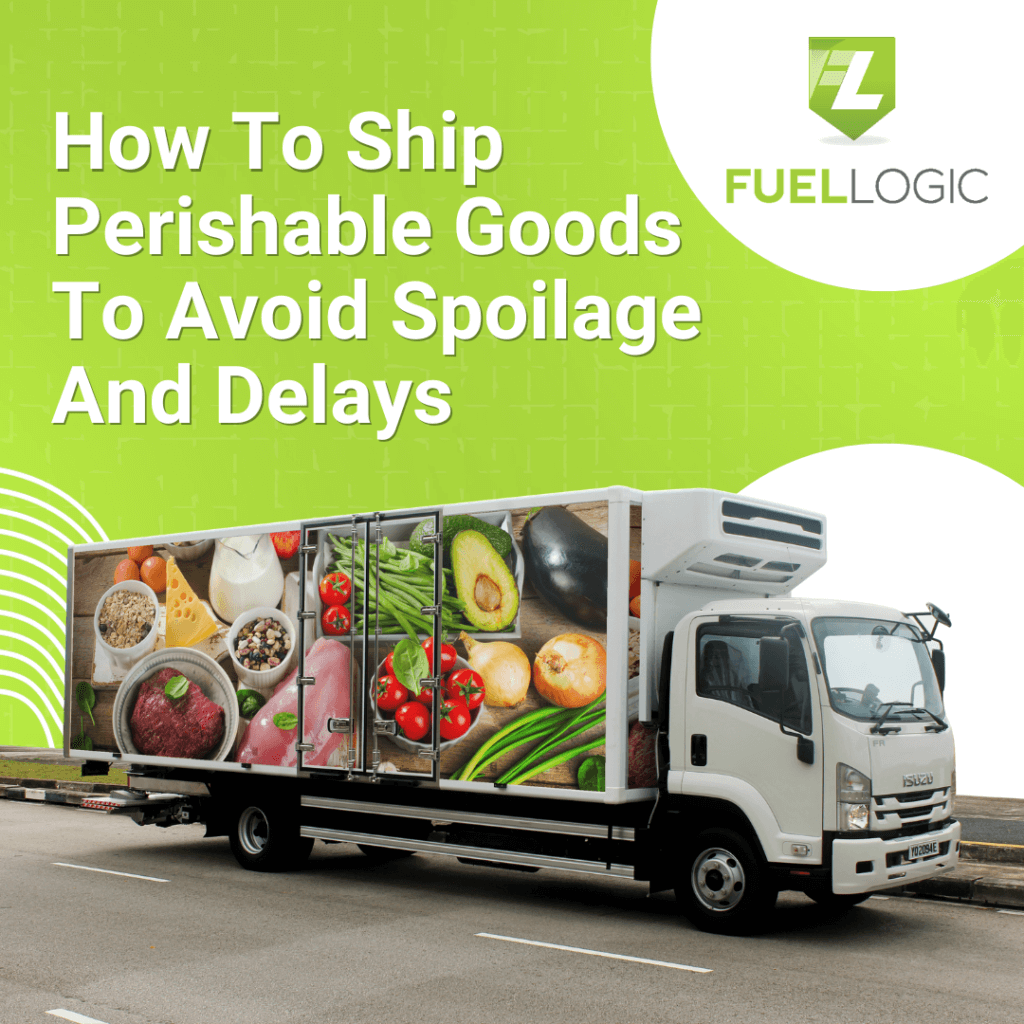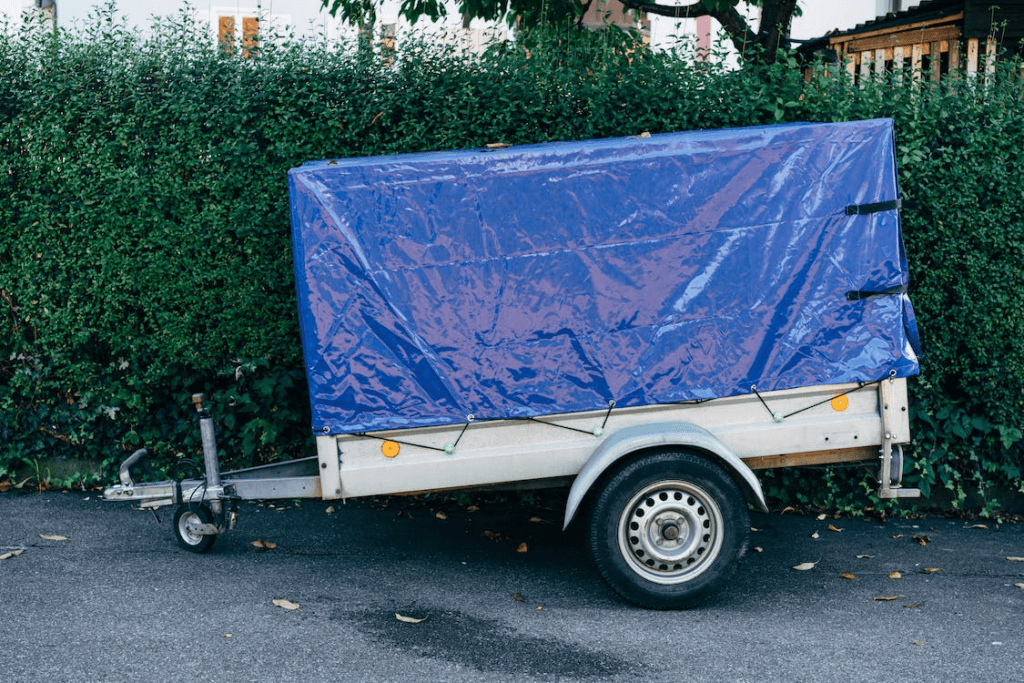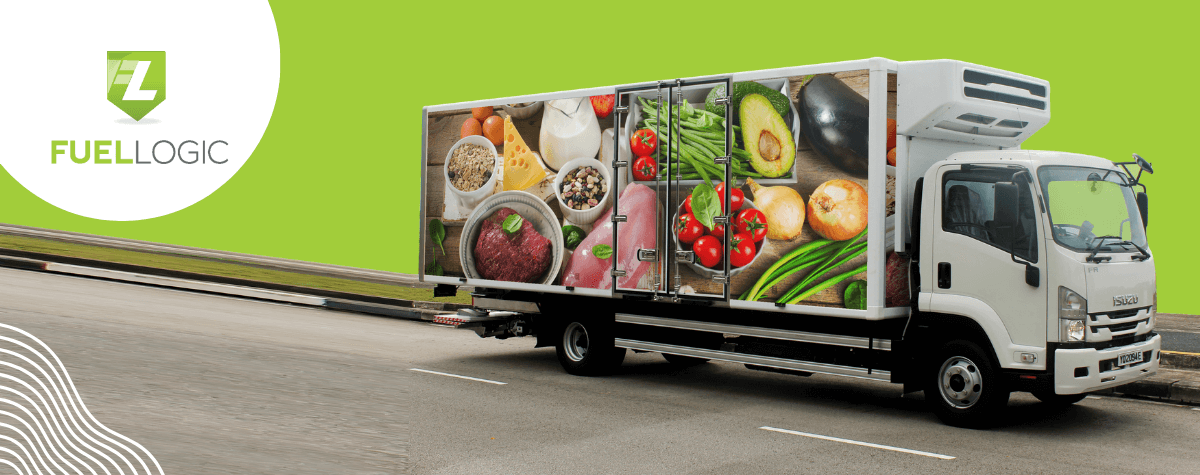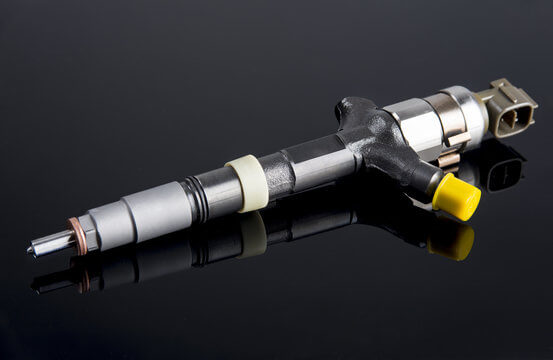Perishable shipping is a critical task. It involves transporting goods, like fresh produce and dairy, which can easily decay or spoil, from one location to another. The global perishable goods transportation market is on track to hit a staggering $18.67 billion by 2027, with North America’s ready-to-eat food sector alone accounting for 41.4% market share just last year. The surging demand for processed food is pushing this growth even further. But with this rise comes challenges.
Transport mishandling can be costly. They result in spoilage and loss of customer trust. Reliable diesel-delivery services ensure that vehicles keep moving without unexpected stops. In this article, we will guide you through the best practices of shipping perishables and how fuel delivery plays a pivotal role.

Perishable vs Non-Perishable Goods: Key Differences in Storage and Logistics
What Are Perishable Goods?
Perishable goods are items that don’t last forever. They need special care, or they can spoil quickly. These include foods like dairy, meat, eggs, seafood, and even cooked dishes. Fruits, vegetables, and live fish fall under this category too. Even outside the kitchen, items like flowers and some medicines are perishable.
“ When not handled right, perishable goods can become a health risk. If stored longer than a week without proper care, they might start to smell or even become harmful. So, whether it’s a slice of cheese, a carton of eggs, or a bouquet of roses, their freshness is a ticking clock.
With the world’s population growing, the demand for daily essentials, most of which are perishable, is soaring. The transport of these goods is more than just moving items. It’s about preserving quality, ensuring safety, and reducing waste.

What Are Non-Perishable Goods?
Non-perishable goods are the long-runners of the food world. These are items that won’t spoil quickly, even without refrigeration. Think of the basics in your pantry: cereals, crackers, popcorn. These goods are often canned, dried, or preserved, making them last longer. Staples like rice, beans, honey, and powdered milk fall into this category.
“ Industries producing these goods range from agriculture to large-scale manufacturing. Whether it’s a farm producing wheat or a factory churning out coffee, they rely on efficient transportation.
For business owners understanding the nuances of non-perishable goods ensures they’re stored right, transported efficiently, and reach the customer in the best condition.

Essential Factors for Storing and Shipping Perishable Goods
1. Packaging
Packaging isn’t just about wrapping. It’s about preserving the quality of your food. Imagine shipping leafy greens without insulation – they’d wilt before they got to their destination. For items that need cooling, like seafood or dairy, insulated materials like Styrofoam or even gel coolants are crucial.
Glass containers are great for ensuring freshness, but they can break. So, extra padding is essential. Styrofoam boxes are light, helping save on shipping costs, but they can dent easily. And if you’re thinking about plastics, just make sure they’re safe and non-toxic.
2. Refrigerated Trailer Temperature
Having a working refrigerated trailer ensures that perishables, whether it’s juicy strawberries or fresh salmon, stay fresh. If the temperature isn’t right, foods can spoil quickly, leading to wasted products and unhappy customers.
But these trailers need reefer fuel. Imagine you’re on a tight schedule, and you run out of fuel. The clock ticks, the temperature rises, and the risk of spoilage increases. That’s why having a dependable source of reefer fuel is essential. In the world of perishable goods delivery, a reliable fuel source keeps the cold in and potential losses out.
3. Delivery Windows
When shipping perishables, timing isn’t just about punctuality; it’s about freshness. Different shipping options offer various delivery windows, but during peak times like holidays or sales seasons, delays are inevitable. It’s crucial to not just know when your goods will be delivered but to have a clear idea of the exact time. After all, a delay in perishable goods delivery isn’t just inconvenient – it can mean spoiled products.
4. Destination
The destination of your goods plays an important role in shipping. Local deliveries are one thing, but sending food across the country involves more logistics and often higher costs. If you’re going international, be aware of any destination restrictions. Knowing the end point helps in picking the best route, ensuring timely delivery while saving on fuel.
Also, consider the type of fuel you’re using. Off-road diesel, also known as dyed diesel, farm diesel, and red diesel, offers tax-free benefits. But to utilize it, registering with your state to obtain a permit is essential. Making informed fuel choices can further optimize your operations and reduce costs.
Tips For Delivering Perishable Products
Plan Ahead
Success in delivering perishables depends on preparation. A thorough plan considers factors like timing, schedules, what you’re delivering, and where it’s headed. Always check with your carrier about the dos and don’ts of shipping, especially with sensitive items or international destinations.
It’s also a good idea to give your recipient a heads-up about the delivery. That way, they’ll be ready to receive, refrigerate, or freeze the goods, ensuring their freshness.
Design A Packaging System To Keep Your Products Cold
When you’re shipping perishables, the packaging is everything. Let’s have a look at how you should send your precious items:
1. Styrofoam Boxes:
These are your go-to for standard shipments. They come in different sizes, usually paired with an outer cardboard shell. And here’s a tip: the thicker the box, the cooler the insides. But of course, that might cost a bit more. Try out different samples to find your perfect fit.
2. Styrofoam Cut Sheets:
These are like the light version of the boxes. They can be customized to snugly fit your goods. They’re often cheaper, but might not keep things as chilly.
3. Air-filled Insulation Liners:
Air is a great insulator, and these liners make the most of it. Whether you’re shipping a few items or a lot, there’s a hand pump or air tank to match.
4. Insulated Pads:
These are the eco-friendly heroes of the packaging world. Made from recycled materials, they combine the best of Styrofoam and liners. They often come with a matching box, but you can always find your own.
Ensure Quality And Safety Of The Products
When you’re sending perishables, the container you choose can make all the difference. Start with something sturdy like corrugated cardboard. If you’re looking for an extra layer of protection, consider pairing a Styrofoam box with an outer cardboard shell.
“ Cold items deserve some extra care. Grab insulated foam containers, preferably those with walls at least one and a half inches thick. And always, place this foam box inside another sturdy container for that double layer of safety.
Moreover, add some instructions inside. It can guide the recipient on storage, preparation, or even a little backstory about what you’re sending. Lastly, when sealing the deal, use the right tape. Duct tape and masking tape might betray you in extreme weather. Go for a tape that’s designed for shipping.
Choose The Right Shipping Method
When shipping perishable items, your method can make or break the freshness of your goods. Moreover, at the heart of a successful delivery is fuel. We are particularly talking about reefer fuel for those refrigerated trailers.
This off-road diesel, easily recognized by its red dye, is intended for machinery that doesn’t hit the highways, like refrigeration units on trucks, agricultural equipment, and more. The red color signals it’s exempt from the regular highway taxes levied on standard fuels.
Imagine being in a tight spot, and your trailer’s cooling system running out of fuel. This is where an emergency fuel service becomes a lifesaver.
It’s essential to collaborate with a company that can provide rapid fuel delivery, even in emergencies. Such partners ensure your goods remain fresh, your trailers stay cool, and your business keeps moving without a hitch.
24/7 Emergency Fueling Keeps Your Perishables Moving
Perishable goods can’t afford delays. Fuel Logic delivers reliable, on-site and emergency fueling that keeps your cold chain running day or night.
Frequently Asked Questions (FAQs) When Shipping Perishable Goods
1. What Type Of Perishable Goods Are The Most Time-Sensitive To Ship?
Fresh produce, meats, and dairy are top of the list. They need quick and careful shipping to stay fresh.
2. What Type Of Perishable Goods Are The Most Temperature-Sensitive To Ship?
Mainly, fresh fruits and vegetables, ice creams, and various meats require temperature-regulated shipping.
3. How Does Pickup And Delivery Windows Can Affect The Shipping Of Perishable Goods?
Timely pickups and deliveries are crucial. Delays can risk the freshness and quality of the goods.
4. What Type Of Trailer Should I Use In Shipping Perishable Goods?
For non-perishables like canned or dry goods, dry van trailers are ideal. But for perishables, go with refrigerated trailers. They offer temperature control, ensuring your goods stay fresh.

Avoiding Spoilage And Delayed Deliveries With Fuel Logic
As business operations grow, the demand for reliable fuel becomes ever more crucial. That’s where Fuel Logic steps in as a game-changer. Our reefer fuel delivery service ensures you’re never caught off guard. With our nationwide footprint, we promise reefer trailer fuel and refrigerated trailer fuel wherever, and whenever you need it.
Our dedicated team of fuel experts works round-the-clock, ensuring your refrigerated trailers are always up and running. Should you ever find yourself in an unpredictable situation, our emergency fuel delivery is right there. By availing our comprehensive fuel delivery services, you’re not just saving time; you’re safeguarding your investments and avoiding potential financial losses. For a tailor-made fueling experience that understands and caters to your needs, refer to our Contact Us page today!
24/7 Fueling Keeps Your Perishables Moving
Perishable goods can’t afford delays. Fuel Logic delivers reliable, on-site fueling that keeps your cold chain running day or night.





